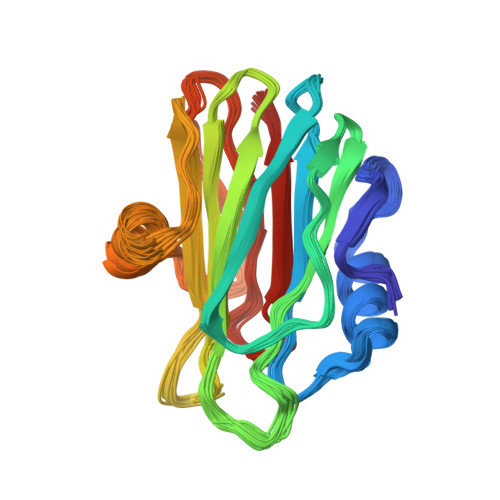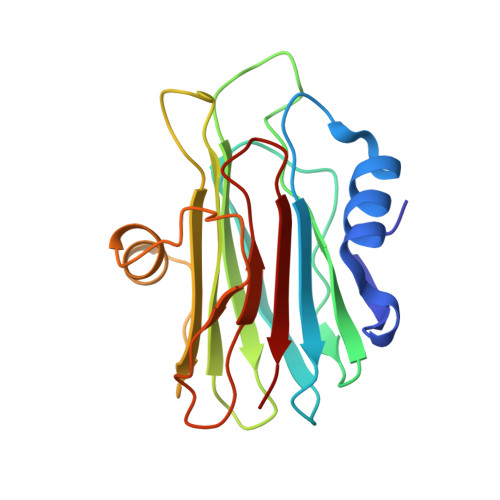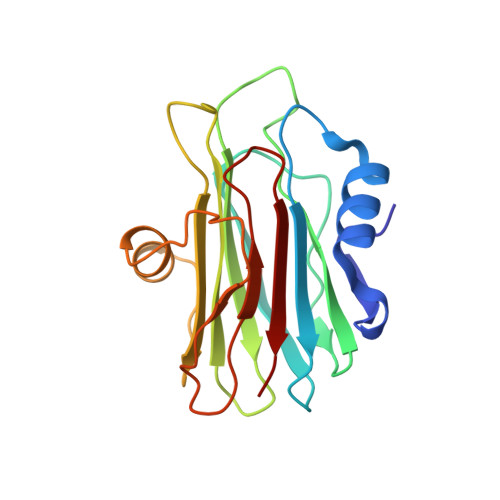Intrinsic local disorder and a network of charge-charge interactions are key to actinoporin membrane disruption and cytotoxicity.
Pardo-Cea, M.A., Castrillo, I., Alegre-Cebollada, J., Martinez-Del-Pozo, A., Gavilanes, J.G., Bruix, M.(2011) FEBS J 278: 2080-2089
- PubMed: 21481191
- DOI: https://doi.org/10.1111/j.1742-4658.2011.08123.x
- Primary Citation of Related Structures:
2L2B - PubMed Abstract:
Actinoporins are a family of sea anemone proteins that bind to membranes and produce functional pores which result in cell lysis. Actinoporin variants with decreased lytic activity usually show a reduced affinity for membranes. However, for some of these mutant versions there is no direct correlation between the loss of binding affinity and the decrease in their overall lytic activity, suggesting that other steps in pore formation may be hampered or facilitated by the mutations. To test this hypothesis on the mechanism of pore formation by this interesting family of proteins, structural and dynamic NMR studies have been carried out on two disabled variants of the actinoporin Sticholysin II, R29Q and Y111N. It is shown that their lytic activity is not only related to their membrane affinity but also to their conformational mechanism for membrane insertion. Alterations in their activities can be explained by structural, electrostatic and dynamic differences in a cluster of aromatic moieties and the N-terminus. In addition, the dynamic properties of some segments located at the C-terminus of the R29Q variant suggest a relevant role for this region in terms of protein-protein interactions. On the basis of all these results, we propose that R29 anchors a network of electrostatic interactions crucial for the actinoporin's approach to the membrane and that Y111 induces a necessary disorder in the loop regions that bind to membranes.
Organizational Affiliation:
Departamento de Química Física Biológica, Instituto de Química Física Rocasolano, Madrid, Spain.


















